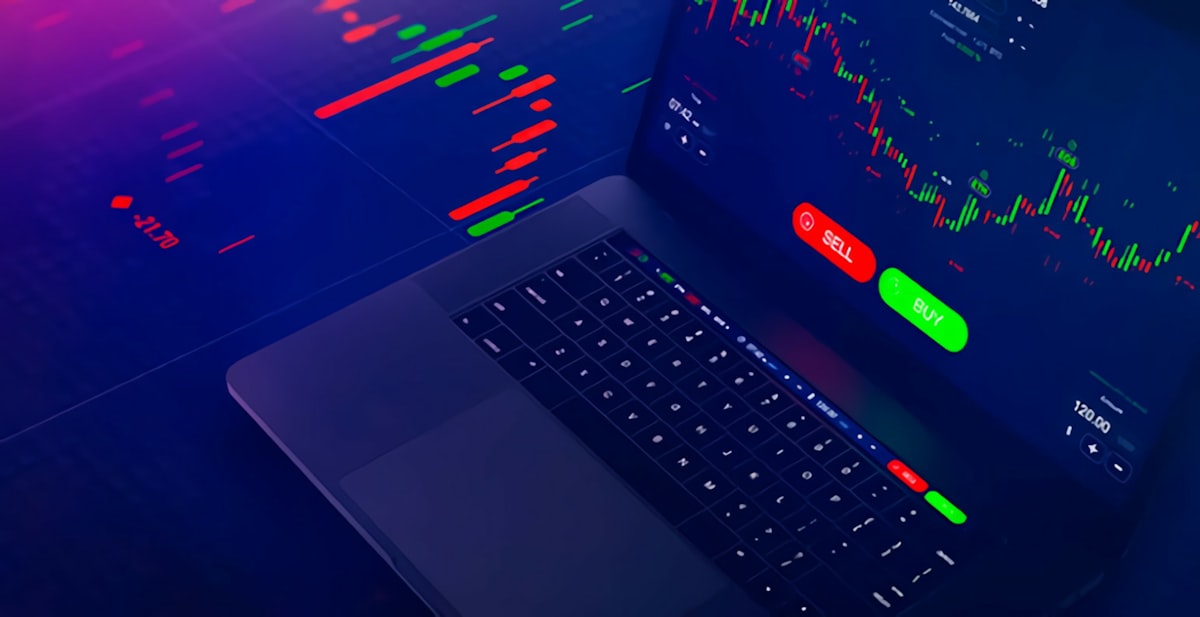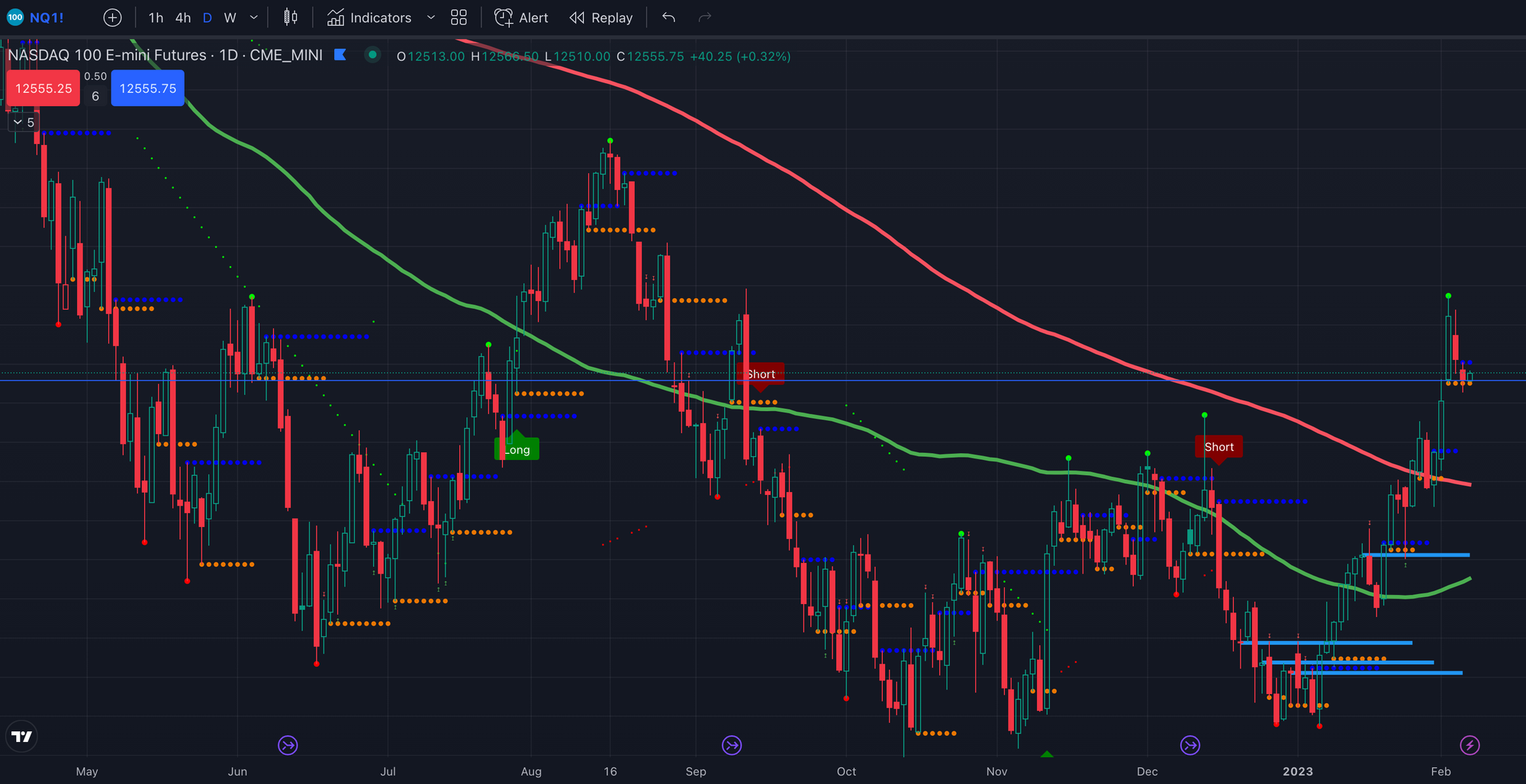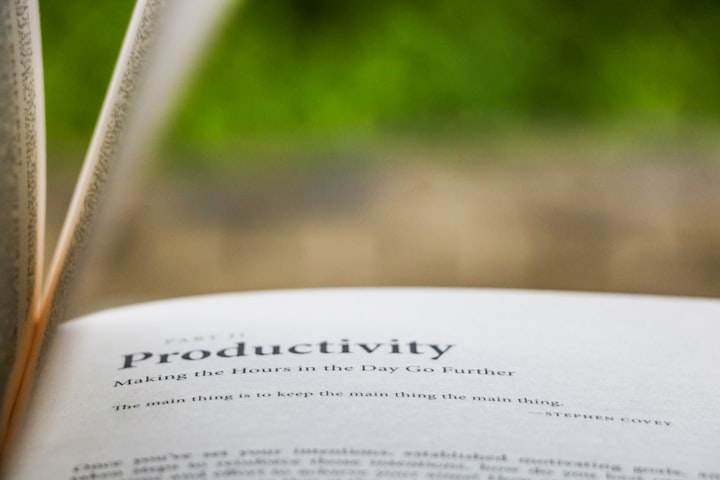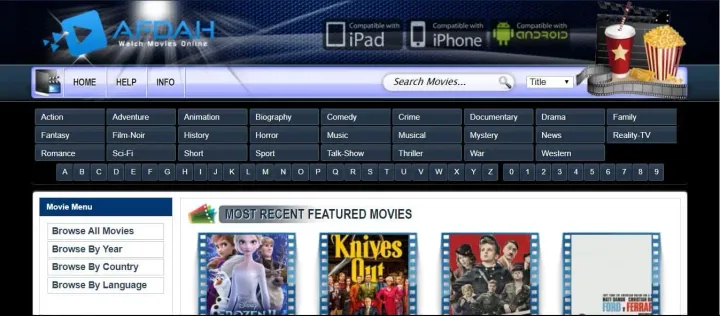Understanding the Basics of Futures Market Trading
Take a deep dive into the world of futures market trading! This tutorial covers all the basics – terminology, key concepts, and how to get started.

The futures market is an exciting way to trade commodities, financial instruments or other assets. Although the concept of futures trading can be hard to understand at first, this tutorial will explain all the basics, from key terms and concepts to how to get started.
What Is a Futures Contract?
A futures contract is an agreement between two parties to buy or sell a certain asset at a predetermined price on a specified date in the future. Futures contracts are standardized and use specific amounts, delivery dates, and quality requirements of the underlying assets. The purpose of a futures contract is to protect both sides from unexpected fluctuations in price stemming from market forces.
Futures contracts can also be used to speculate on price movements. Since the contract specifies a particular type, quantity, and delivery date of the asset, the buyer is essentially betting that the price of the underlying asset will go up while the seller is hoping it will fall. Traders and investors use futures to obtain exposure to an underlying asset or market without actually having ownership of it. By trading in futures, they are able to hedge against potential losses or generate income by betting on movements in commodity prices.
The futures market provides both investors and traders with a unique way of gaining exposure to the markets. It can be used for hedging and also for taking advantage of price fluctuations in both directions. To succeed as a futures trader, one must have an understanding of both fundamental and technical analysis and have the knowledge to identify trends and interpret various market signals. If one wants to speculate on the prices of commodities, futures contracts can also be useful tools that allow traders to make informed decisions and potentially profits from movements in prices. Understanding the concept of a futures contract is key to successful navigation through the futures markets without getting caught up in any losses or taking undue risks.
Understanding the Risks Involved with Futures Trading.
Futures trading carries a high degree of risk and traders must know what they are getting into before entering into a futures contract. Futures trades involve leverage and potential losses can be magnified beyond the initial capital put up for the trade. Traders also need to take fees, financing rates on margin accounts, and taxes into consideration when trading futures, as these can quickly add up and reduce overall profits.
Photo by Cristofer Maximilian / Unsplash
It is essential to practice good money management and the ability to maintain discipline in trading, as futures markets can move quickly and should always be used with caution. It is wise for traders to become familiar with how different contracts behave before putting capital at risk. Volatility should also be monitored closely as future markets tend to remain unpredictable. Additionally, traders must understand any supply and demand factors that may affect the price of a commodity over time as well as seasonal cycles. Finally, a trader must select an appropriate trading strategy so that their funds are well-managed and their risk profile works with their investment style.
Different Markets for Futures Trading and Types of Contracts.
Futures trading is carried out in a variety of markets that offer diverse underlying assets and the ability to choose from multiple types of contracts. Major exchanges that trade futures include the CME Group (Chicago Mercantile Exchange), NYMEX (New York Mercantile Exchange) and ICE (Intercontinental Exchange). Contracts attempted through these exchanges offer different levels of liquidity, margin rates, commission structures, contract sizes and expiration dates. Traders should research each exchange for specific products to find one that suits their needs.
The CME Group is particularly well-known for futures contracts in energy, interest rate and stock indices markets, but also offers those in foreign exchange, agricultural commodities and metals. NYMEX goes into greater depth exploring energy contracts for natural gas, crude oil and other petroleum products. With ICE, traders use the same New York-based exchange to purchase futures options on agricultural commodities like wheat, soybean meal and oats. Each of these markets also has a variety of different contracts that fit within each asset type; among them are spot price contacts, deliveries of physical goods and extra generic events such as earnings reports and sales figures.
CME
CME Group offers a variety of futures contracts, including agricultural commodities, energy products, financial instruments, and metal. These contracts are traded on CME Globex using different order types such as limit orders and accepted trade types such as block trades, differential spreads, EFRPs, and more. The instrument types available on CME Globex for futures and options include equity index futures and options, interest rate futures and options, FX futures and options, energy futures and options, agricultural commodities futures and options, metals futures and options.
CME Group All Products – Codes and Slate
https://www.cmegroup.com/markets/products.html
NYMEX
The New York Mercantile Exchange (NYMEX) offers a variety of futures contracts for trading, including crude oil futures, metals futures, energy futures, and other commodities such as agricultural products. The NYMEX WTI Crude Oil Futures Contract is a deliverable contract based on Exchange for Physical (EFP) delivery with an option to cash settle against the NYMEX WTI Index. The NYMEX RBOB Gasoline Futures Contract is impacted by crude oil price changes and can be traded with RBOB futures or RBOB as a spread to WTI. Futures contracts are financial tools used to hedge against price fluctuations and producers and consumers can use them to lock in the price of a commodity.
CME Group is the world’s leading derivatives marketplace, made up of four exchanges, CME, CBOT, NYMEX and COMEX. Each exchange offers a wide range of global benchmarks across all major asset classes.
https://www.cmegroup.com/company/nymex.html
NYMEX, a Designated Contract Market offering products subject to NYMEX rules and regulations, became a part of CME Group in 2008, bringing NYMEX and COMEX under the umbrella of CME Group. NYMEX also brought an expansive selection of energy products as well as metals and agricultural contracts to the existing product offering.
Deciding What to Trade in the Futures Market.
Once you understand the basics of futures market trading, you must decide what underlying asset to trade in – stocks, commodities, digital and cryptocurrencies or currencies. You also have to decide whether a standard or mini-contract will best meet your trading needs. Standard contracts represent a contract size that is determined by the underlying asset being traded while mini-accounts are sized down from the standard contract to accommodate those traders who cannot afford higher margin requirements on those larger contracts. Lastly, it’s important to remember the factors affecting settlement prices including supply and demand dynamics, seasonality and weather phenomena which can all create volatility in prices.

You should also research historical and current market data such as price trends, news reports, analyst predictions and volatility indicators before deciding which futures trade is right for you. Educating yourself on the basics of the futures market will help you make an informed decision when it comes to selecting underlying products. Talking with an experienced trader may also help you gain more insight, and it can be beneficial to use a demo trading account prior to investing real money on actual trades. Researching different strategies available in the futures market can help reduce your risk while providing greater potential profits along with a greater variety of opportunities beyond equity markets.
Tax Benefits
Trading futures can offer tax benefits compared to trading stocks or ETFs. Under Section 1256 of the Internal Revenue Code, futures traders are eligible for more favorable tax treatment than equity traders, with a maximum total tax rate of 26.8%. This means that 60% of net gains on futures trading is treated like long-term capital gains and taxed at a lower rate than short-term capital gains. Additionally, losses in futures trading can be deducted up to $3,000 from annual income. Furthermore, if a trader reports the same profit of $10,000 from equities trading in a year and was in the same tax bracket as the futures trader, they would experience a 9% tax efficiency over their equities trader counterpart. This example shows how trading futures can result in significant savings on taxes.
Tax Advantages of Futures Trading vs. Stock Trading
https://www.gffbrokers.com/tax-advantages-of-futures-trading-vs-stock-trading
Micro Vs Mini Benefits
Micro E-mini futures are smaller versions of the CME Group's popular E-mini stock index futures contracts, checking in at just 1/10th the size. They function and trade just like the E-mini contracts, so traders can continue to use their own favourite trading and risk management strategies. Micro e-mini futures introduce more capital efficiency to traders as they require less capital to trade than regular E-mini contracts.
The main advantage of micro e-mini futures is that they are more affordable to most people due to their smaller size. This allows traders with limited capital to access the same markets as those with larger accounts. Additionally, micro e-minis provide greater liquidity and tighter spreads than regular E-minis, making them attractive for day traders who need quick execution and low transaction costs.
Strategies for Trading in the Futures Market.
There are a number of strategies that traders typically use when trading in the futures market. One approach may involve anticipating which direction prices will move over a certain time frame and then buying or selling accordingly. This involves closely monitoring price movements and looking for patterns in order to capitalize on them when possible. Another common strategy is to buy one contract and sell another contract with different expiration dates to take advantage of time-based price discrepancies. Finally, traders who are seeking to hedge their risks may use the futures market as a tool to offset potential losses on other investments.
Photo by Mark Fletcher-Brown / Unsplash
To be successful in futures trading, it's important to choose a specific market and develop an effective strategy that can help you reach your goals. This can involve evaluating market conditions such as current supply and demand levels, economic data, and other factors that may influence prices over time. Additionally, traders should incorporate risk management into their strategies by setting stop-loss orders and making sure they are diversifying across various systems and markets. Finally, it is important to stay up to date on the latest industry news to stay informed of any changes or updates in the markets.
Learning
Learning how to trade futures requires understanding the basics of futures trading, including contract size, contract value, and tick size. It is also important to develop a plan for trading futures that outlines entry and exit strategies as well as risk management rules.
The Commodity Futures Trading Commission (CFTC) offers continuing education courses in trading strategy taught by experienced instructors. Additionally, CME Group provides a variety of courses to help learn about futures and options, all asset classes, trading strategies, and more. Futures Fundamentals also offers resources on learning how to trade.
TD Ameritrade provides a Futures Trading Basics Course which walks through some of its features, teaches how to set up the display for futures trading, and explores how to place a trade.
Understanding how pivot, support, and resistance work can greatly assist you in trading the futures market.
Learn Futures Fundamentals
https://www.futuresfundamentals.org/explore-the-marketplace/the-exchange-how-it-works/learn-how-to-trade/
Overall, there are many resources available for those interested in learning how to trade futures, plus there are several services who offer trade signal service.
Photo by Roberto Júnior / Unsplash





